
Suicide assault targets African coalition military base in central Mali
While no group has claimed responsibility yet, it was most likely conducted by al Qaeda’s Group for Support of Islam and Muslims.

While no group has claimed responsibility yet, it was most likely conducted by al Qaeda’s Group for Support of Islam and Muslims.
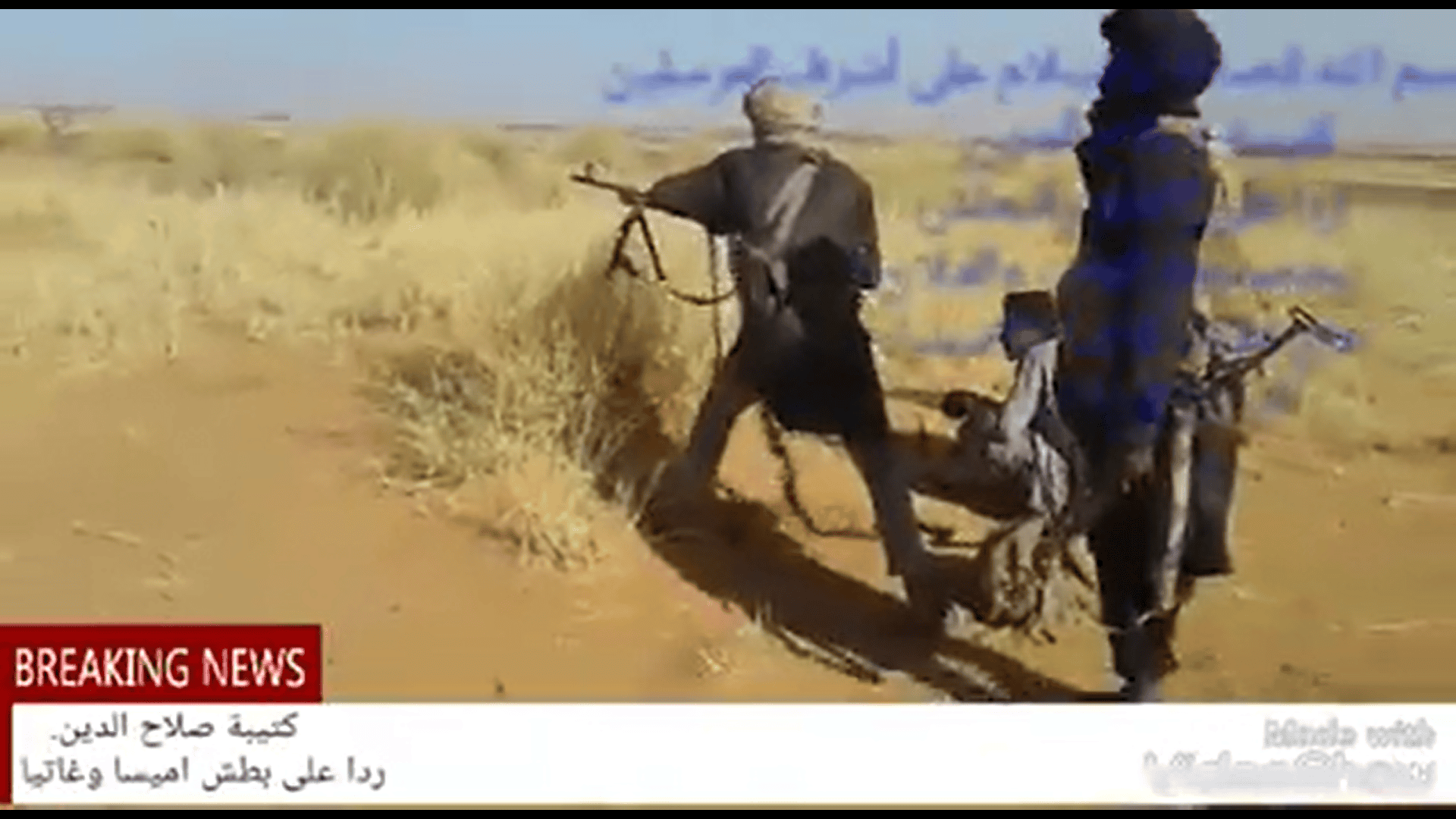
This is the second video released by ISGS’ Katibat Salahadin in the span of a week, marking a significant uptick in social media activity for the jihadist group.

An Iranian-controlled Iraqi Shia militia advertised its presence in the current Syrian regime offensive in the southern province of Deraa. The photos provide evidence for Iranian involvement in the offensive.
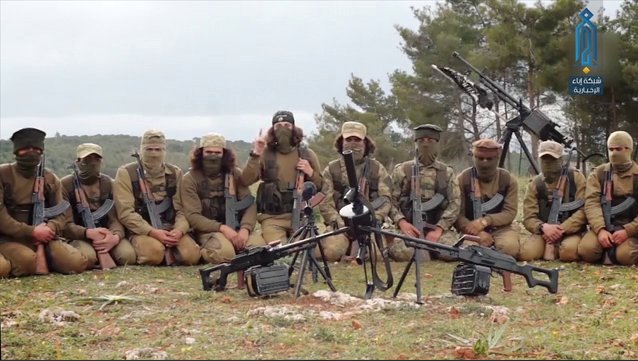
Hay’at Tahrir al Sham (HTS) and its jihadist rivals in the “Guardians of Religion” organization have called on all Muslims to resist the Assad regime’s new offensive in southern Syria. However, severe infighting has limited the jihadists’ ability to launch sustained operations against the Assad regime and its allies.
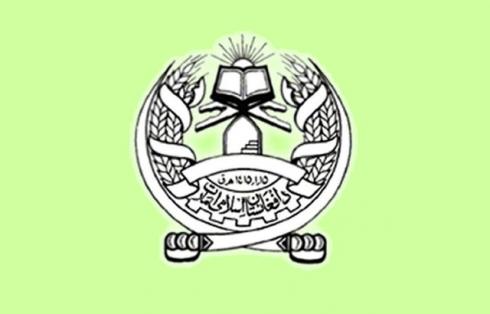
The Taliban continues to state that it and only it is the true representative of the Afghan people. This is at odds with the opinion of some Afghan analysts who advise the US government on policy with respect to a negotiated settlement with the Taliban.
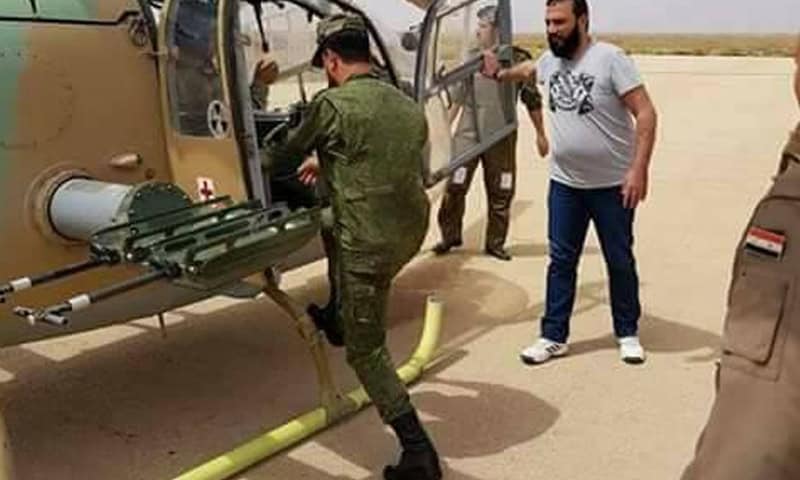
Although Iranian-aligned forces have reportedly agreed to withdraw from a buffer zone near the Jordanian and Israeli borders, the threat of Iranian expansion remains high.
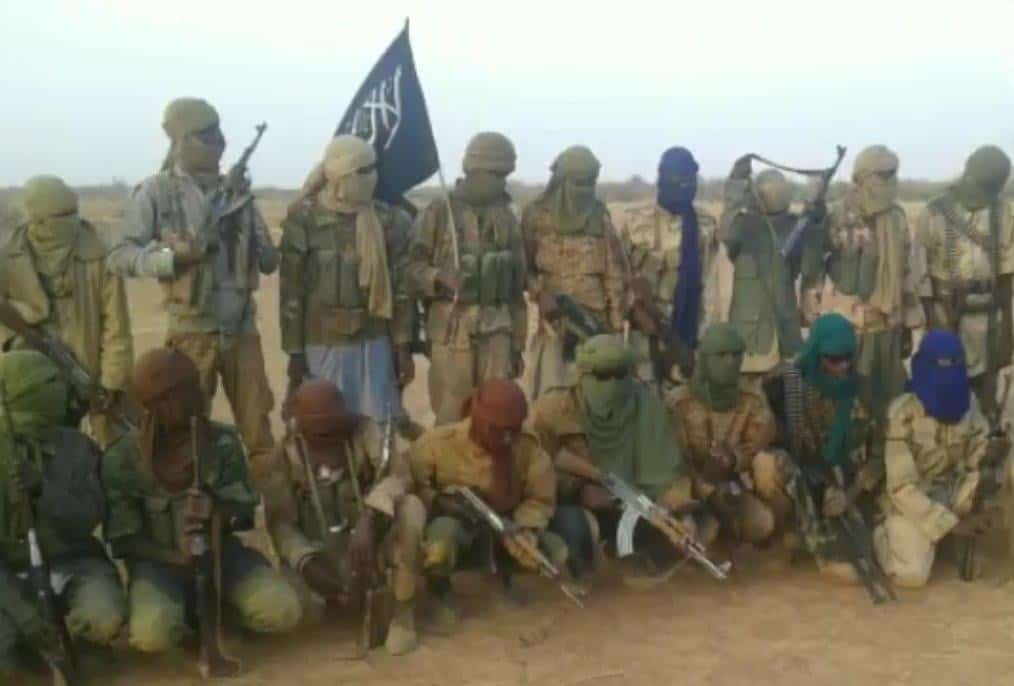
Burkina Faso’s wanted list gives more information into the inner-workings and operations of Ansaroul Islam, a relatively under-researched and little understood al Qaeda-linked jihadist group.

The Afghan government is maintaining its unilateral ceasefire despite the current Taliban offensive.

The TTP appears to be returning to its roots by selecting Mufti Noor Wali Mehsud, a prominent commander from the Mehsud tribe, to lead it. The TTP also confirmed the death of Mullah Fazlullah.
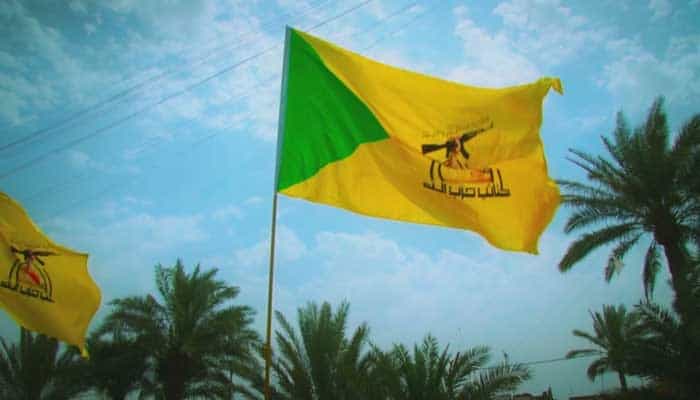
Various Shia militias from around the Middle East have expressed their support or condolences for the Iranian-backed Hezbollah Brigades, which was targeted in unclaimed airstrikes in eastern Syria on Sunday.

The standoff between the police and Hezbollah Brigades may portend an upcoming power struggle between Iraq’s established security forces and the Iranian-supported Shia militias that make up the Popular Mobilization Units.
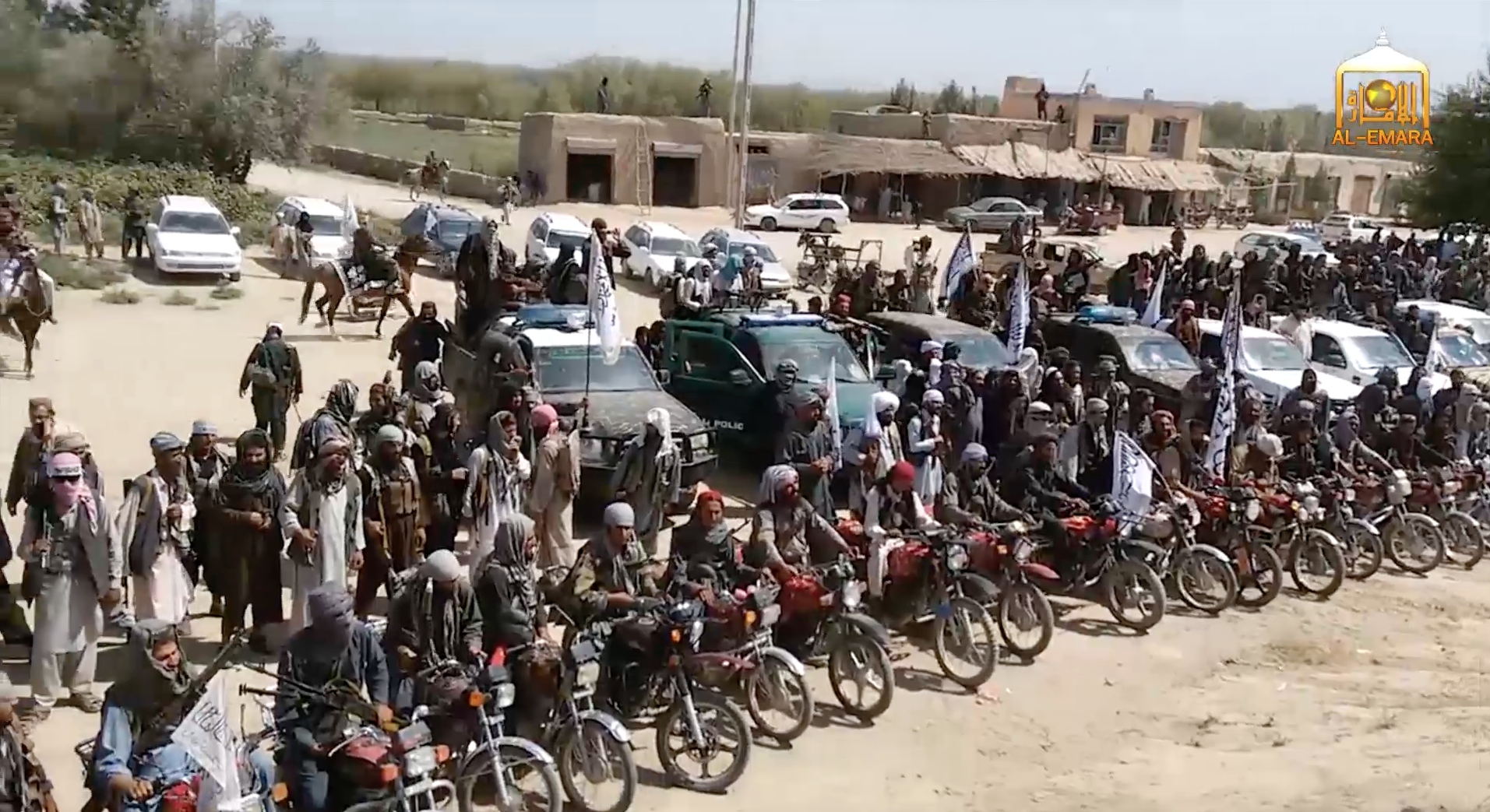
An Afghan official claimed the Taliban used the ceasefire to scout the bases and launch its attack.
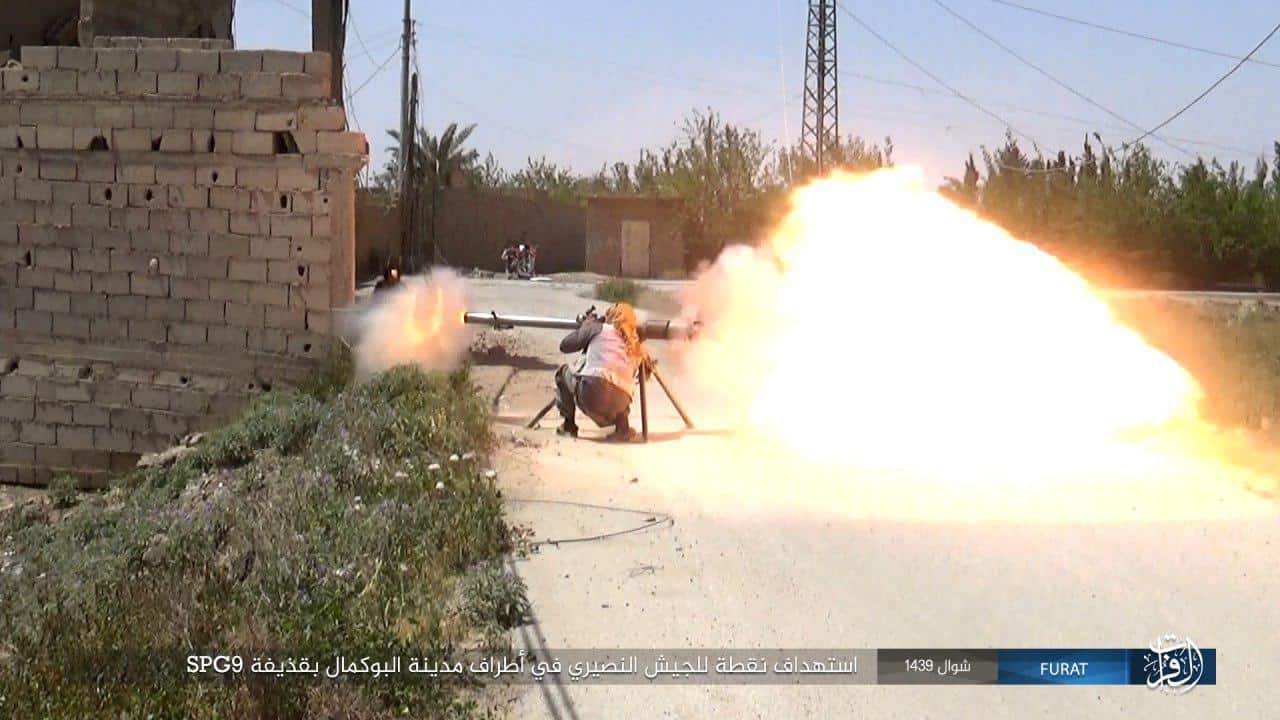
Combined Joint Force Task Force – Operation Inherent Resolve (CJTF-OIR) announced today that four members of the Islamic State’s illicit gas and oil network were killed during “operations” on May 26. They were targeted in the Middle Euphrates River Valley. Separately, CJTF-OIR’s local partners seized and destroyed $1.4 million dollars worth of drugs from the so-called caliphate in southern Syria.
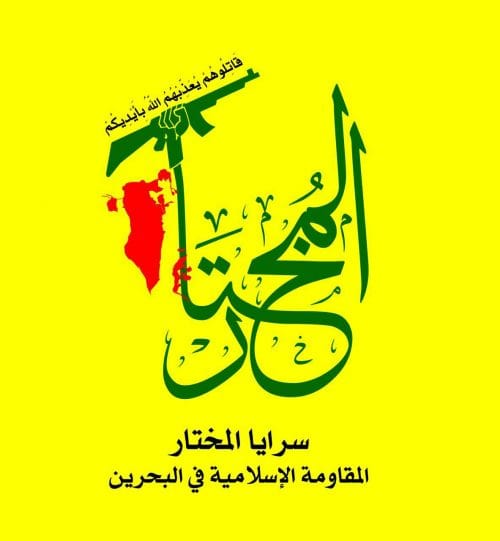
Saraya al Mokhtar sends its condolences and congratulations to the Hezbollah Brigades for being the target of recent airstrikes in eastern Syria. At the same time, the Bahraini group also unveiled a new logo.
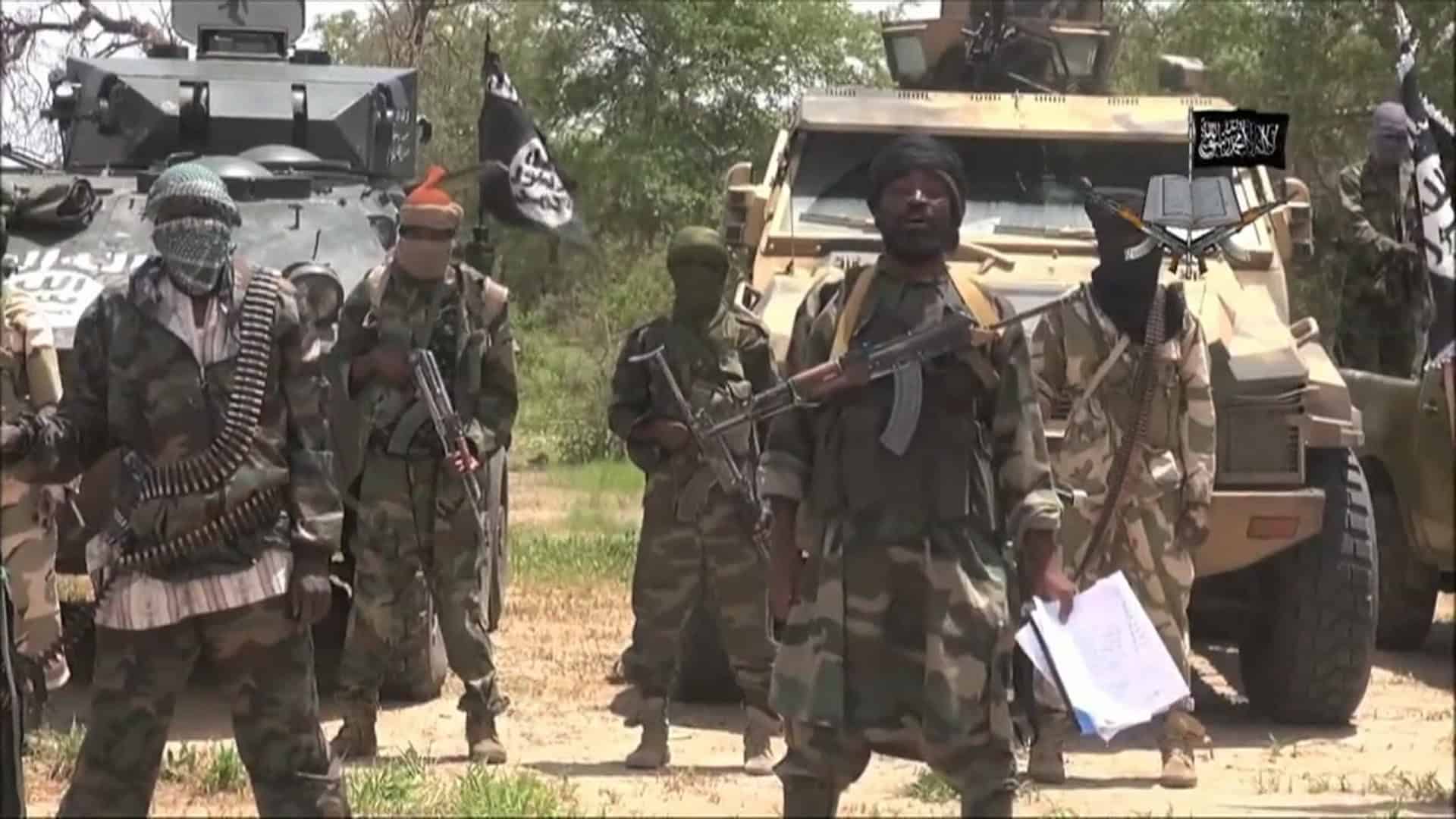
As Abubakr Shekau’s Boko Haram was holding its own Eid al Fitr celebrations in northeastern Nigeria, it launched coordinated suicide bombings on civilians also celebrating the Islamic holiday.
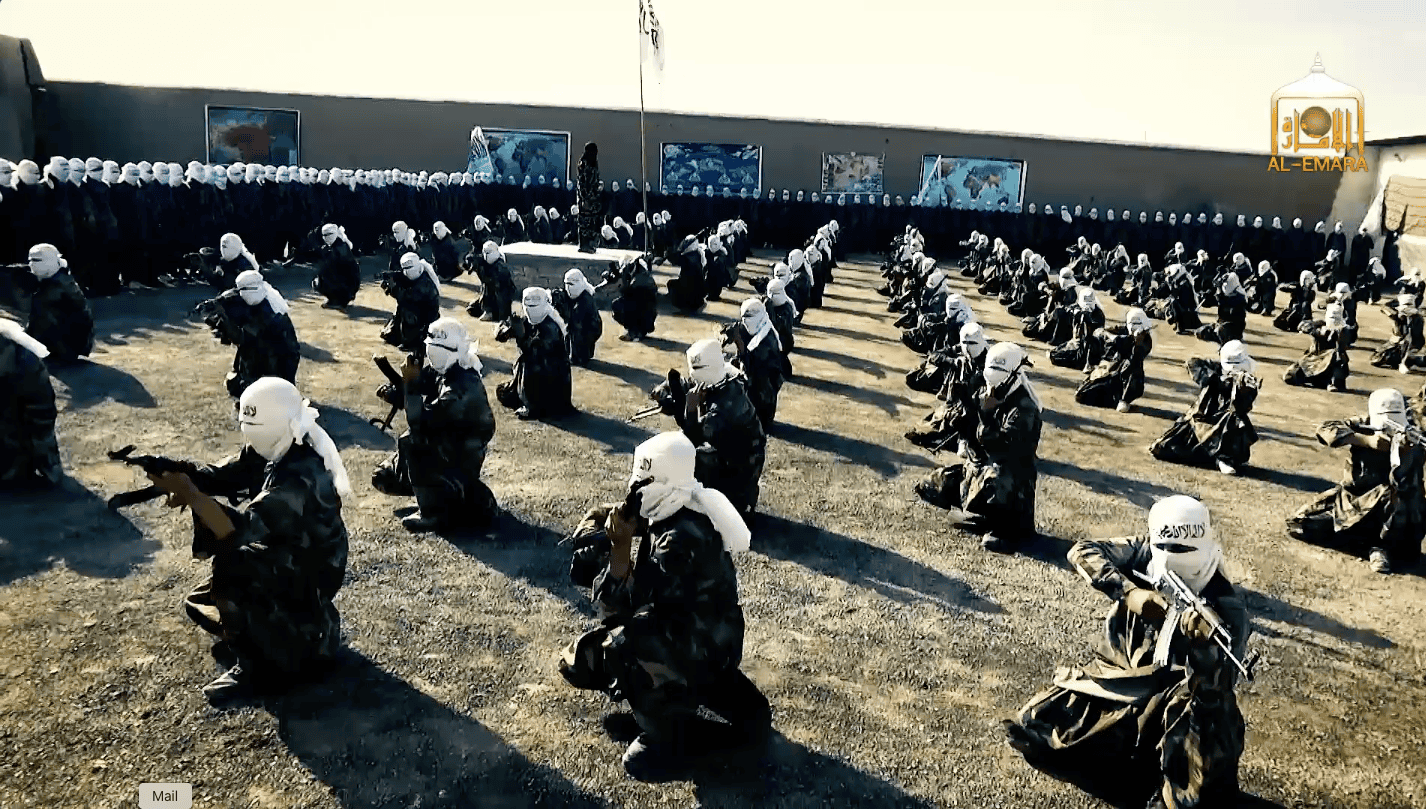
The Taliban has rejected a request by the Afghan government to extend its three-day ceasefire. The Taliban claims that the short-lived lull in the fighting proved that it has command-and-control over its forces throughout the country and that the mujahideen enjoy popular support.
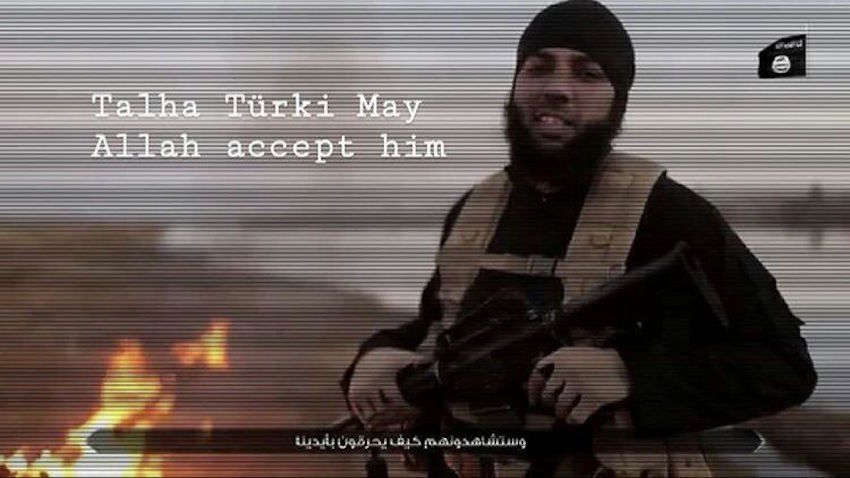
US-backed Syrian Defense Forces (SDF) reportedly killed the Islamic State executioner Talip Akkurt, known by his nom de guerre Abu Talha al Turki, who burned two Turkish soldiers alive in Syria in 2016. Al Turki was reported dead following a June 7 SDF attack in Deir Ezzor’s Hajin town. Since Feb. 2018, al Turki was […]
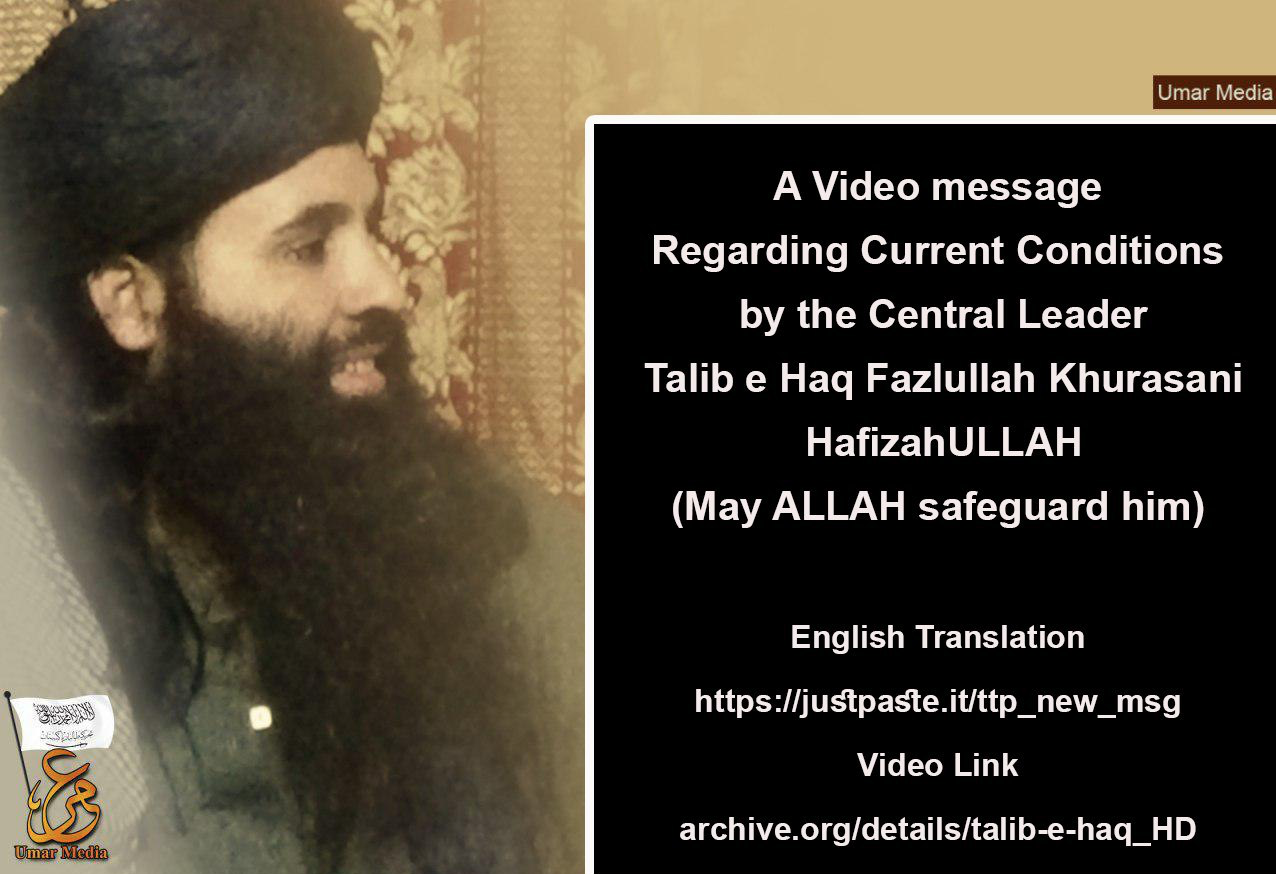
The Afghan Ministry of Defense claims Mullah Fazlullah was killed in a US airstrike in Kunar on June 13. His death has not been confirmed by the US or the Movement of the Taliban in Pakistan. Fazlullah’s death, if confirmed, may not be as impactful as US, Pakistani, and Afghan officials would like to believe.
Yet again, the Taliban stated that it will only negotiate after US and NATO forces withdraw from Afghanistan, and that everyone must accept the “ground realities,” meaning that the Taliban will rule the country.
The move by the Taliban directly contradicts the top US and NATO general in Afghanistan’s assertion that the Taliban is “no longer attempting to gain new ground.”

A suicide bomber struck the front gate of the Afghan Ministry of Rural Rehabilitation and Development building in Kabul earlier today. The Islamic State quickly claimed responsibility via its Amaq News Agency propaganda arm. It is the latest in a string of attacks claimed by the so-called caliphate in Kabul this year.
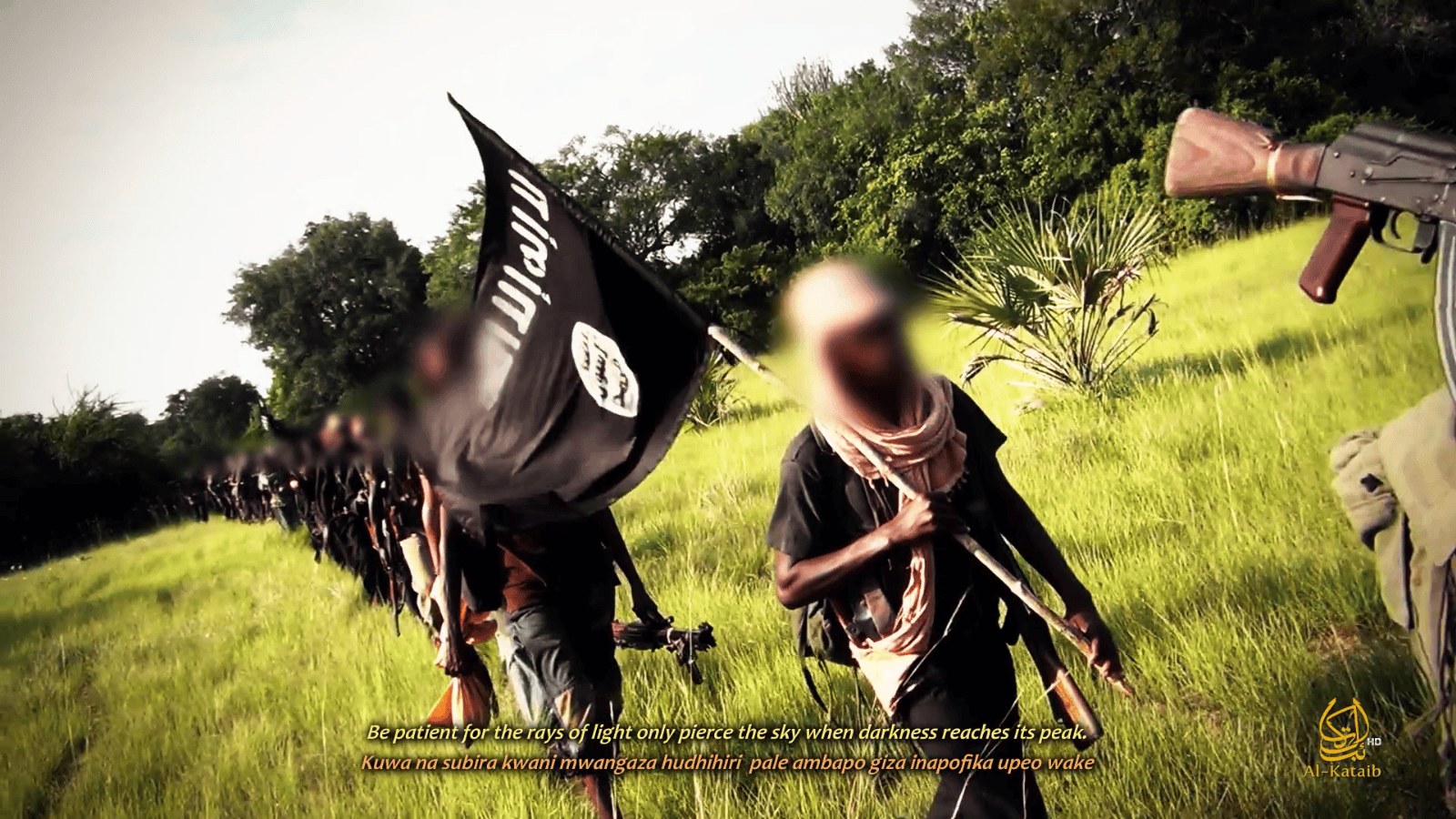
One day after Shabaab launched a deadly assault in which one US service member was killed, the al Qaeda branch again targeted the base today with a suicide car bomb.
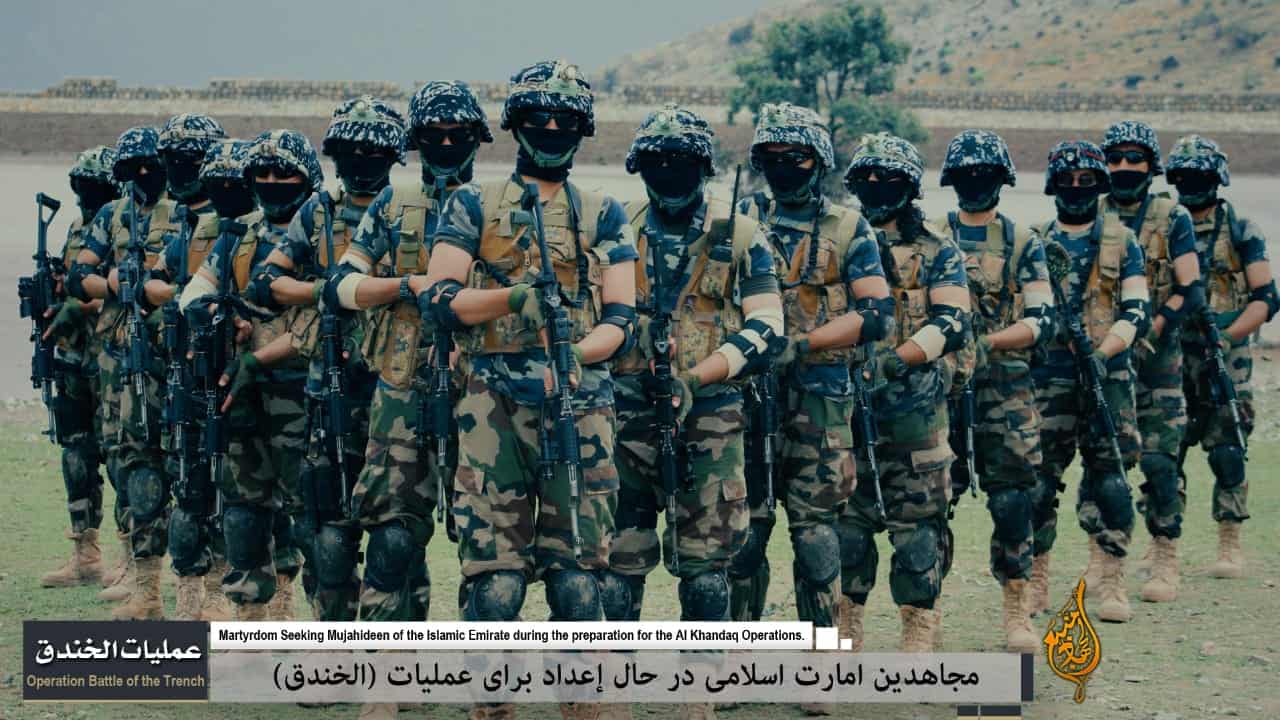
The Taliban has announced that it will refrain from offensive operations against the Afghan government for three days during the Eid holiday. However, this is a shorter timeframe than the Afghan government’s announced ceasefire. And the jihadists say they will continue to attack the “foreign occupiers,” meaning the US and allied forces, during this brief respite. The Taliban also does not say it will participate in meaningful peace talks with the Afghan government.
In early May, the Taliban shut down the main highway that links Ghazni and Paktia provinces in eastern Afghanistan. One month later, the Taliban continues to control the road and tax civilians as Afghan forces have been unable to secure the road.
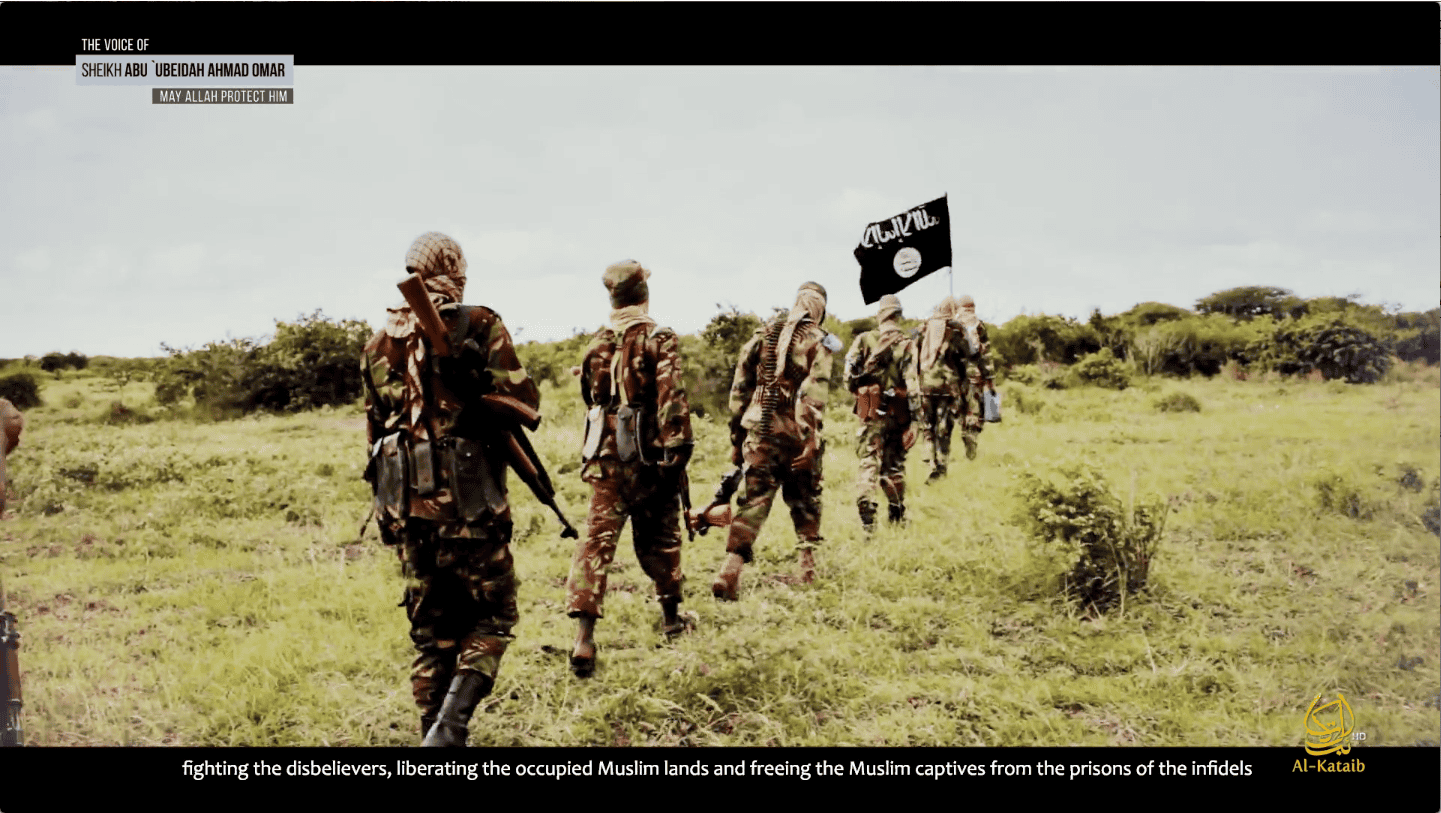
At least four other US Special Forces personnel, as well as a Somali special forces soldier, were also wounded. The Special Forces soldiers were ambushed in an area that is a known Shabaab stronghold.
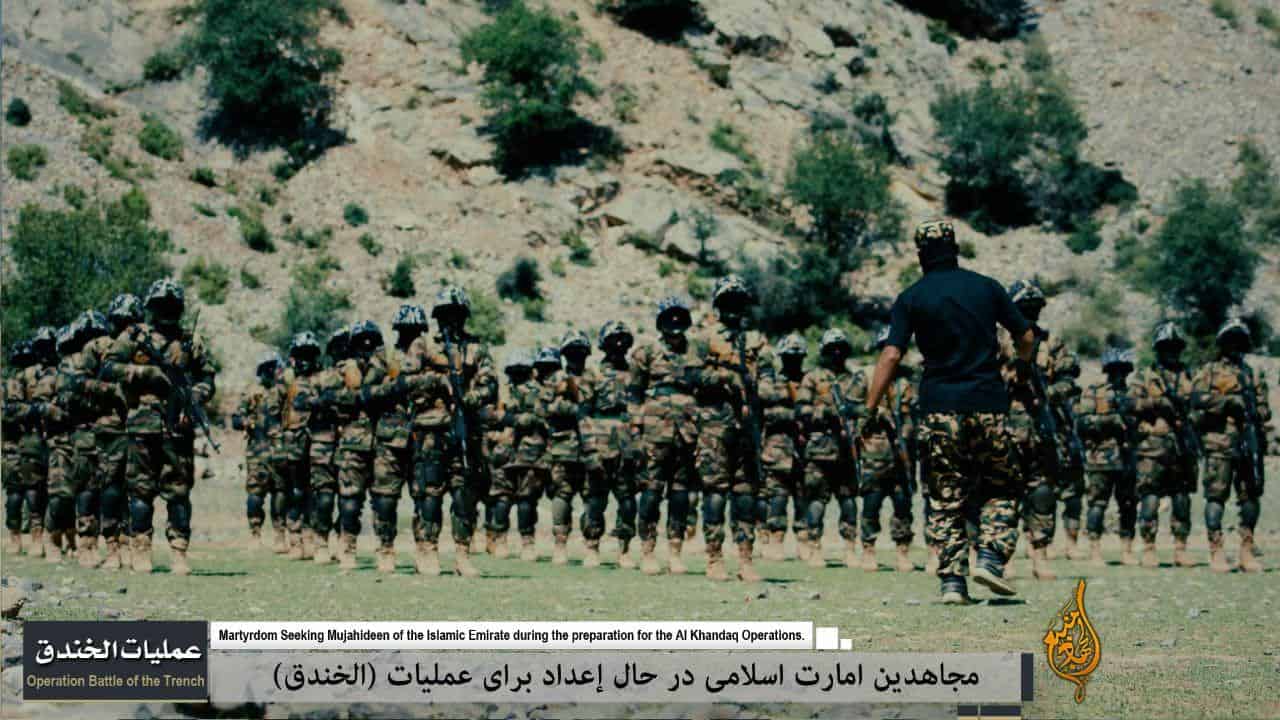
The government of Afghanistan announced yesterday that it has entered into a unilateral ceasefire with the Taliban. Gen. John Nicholson, who oversees the US-led war effort, claimed it was a “bold initiative for peace.” But the thinking behind the ceasefire is confused.
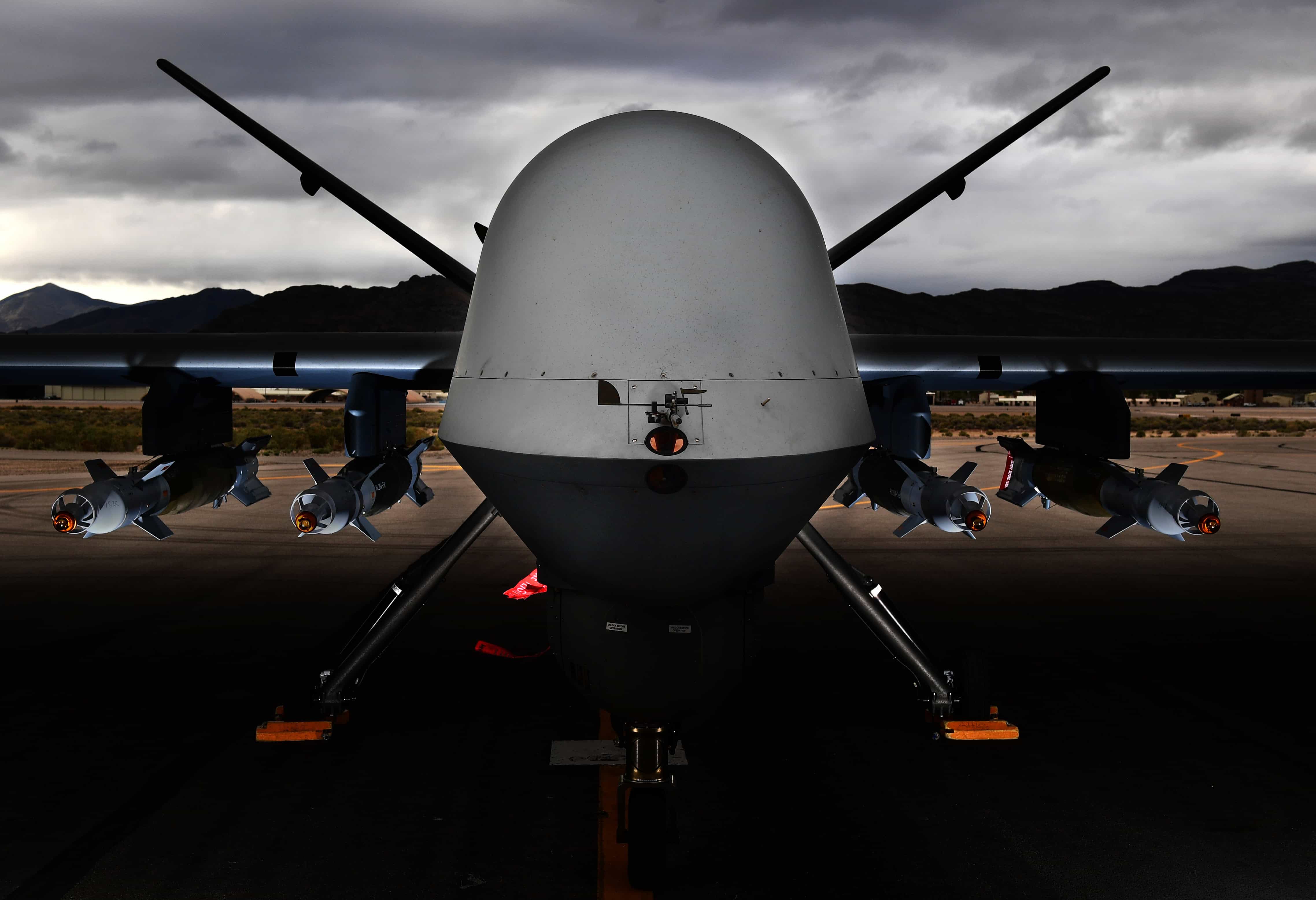
The United States has conducted three counterterrorism strikes in Libya in 2018.

Three suicide bombers, including two girls, targeted a mosque and a Quranic school in Diffa, Niger, on Monday. The three are believed to have been sent by Abubakr Shekau’s Boko Haram faction.

CENTCOM released the dates and general locations of the last 18 counterterrorism strikes against al Qaeda in the Arabian Peninsula. Since early 2017, the military has provided few details on the Yemen air campaign, typically only providing an aggregate number and scant information on high-value target strikes.
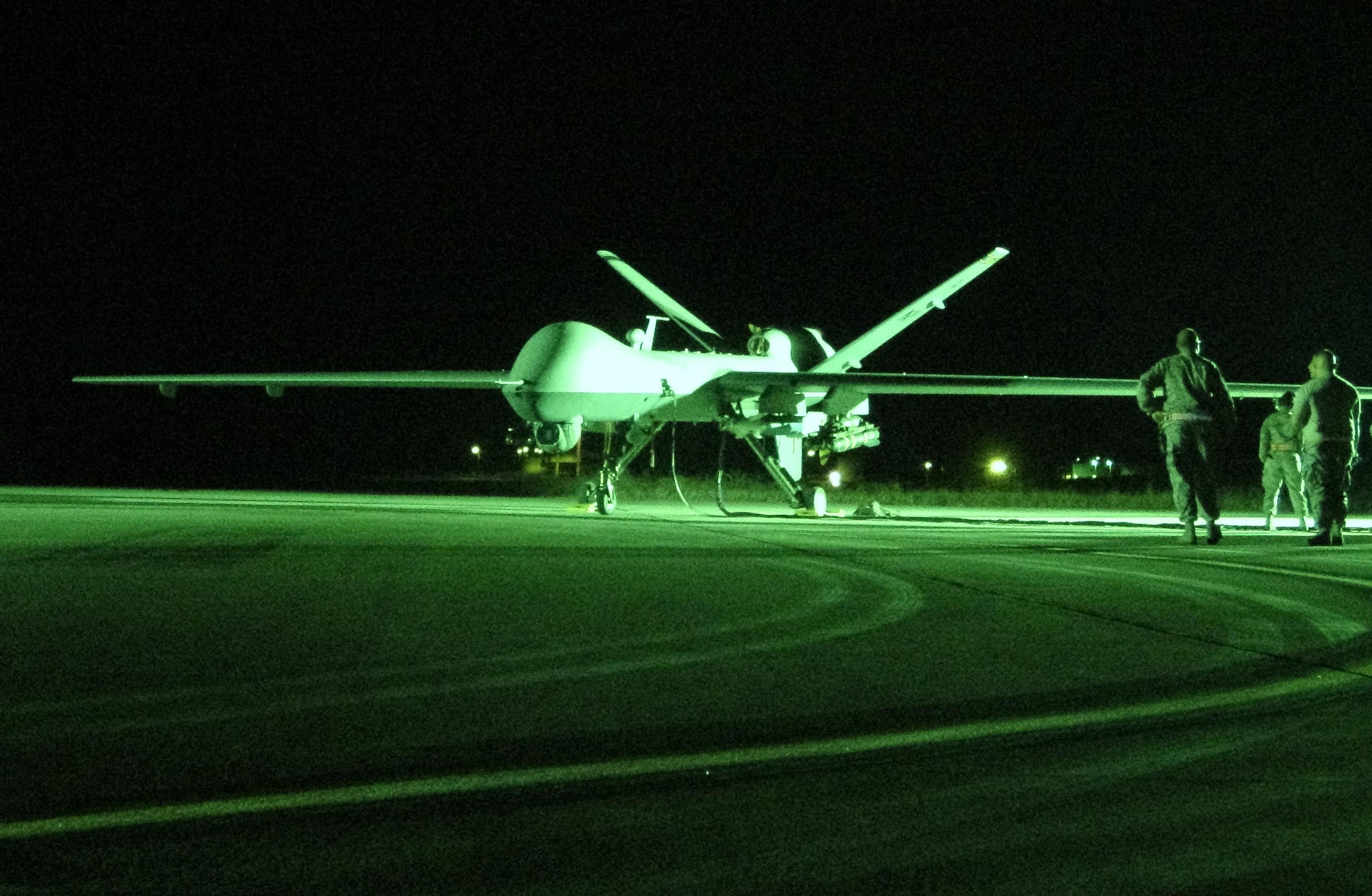
A strike that far north, particularly with such a high casualty count, demonstrates the alarming geographic span of Shabaab’s insurgency in the country. In 2018, the US has hit Shabaab targets nearly 1,000 miles apart.